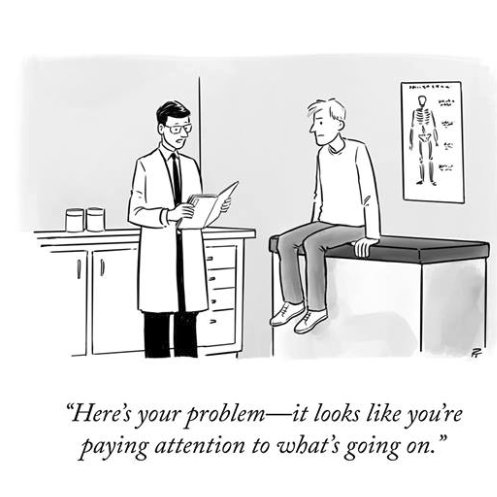Comparing the dangerous effects of three diseases with the minimal side effects of their corresponding vaccines.
Vaccines prevent diseases, and being unvaccinated carries a risk. Last year, the World Health Organization
ranked vaccine hesitancy, a “reluctance or refusal to vaccinate despite the availability of vaccines,” among the top 10 health threats worldwide, alongside Ebola, H.I.V. and drug-resistant infections.
To state it bluntly, being unvaccinated can result in illness or death. Vaccines, in contrast, are extremely unlikely to lead to side effects, even minor ones like fainting.
As vaccination rates have fallen, highly contagious illnesses like
measles have resurged globally. For instance, measles is now widespread in several European countries. In
Samoa, a Pacific island nation of about 200,000 people, almost 5,700 measles cases have been recorded since September, resulting in at least
83 deaths. Almost all of those who died were young children.
These deaths did not have to happen. In the United States, vaccine hesitancy is contributing to three public health threats: the return of
measles,
deaths from influenza and needless future cases of cervical cancer... (
continues)



